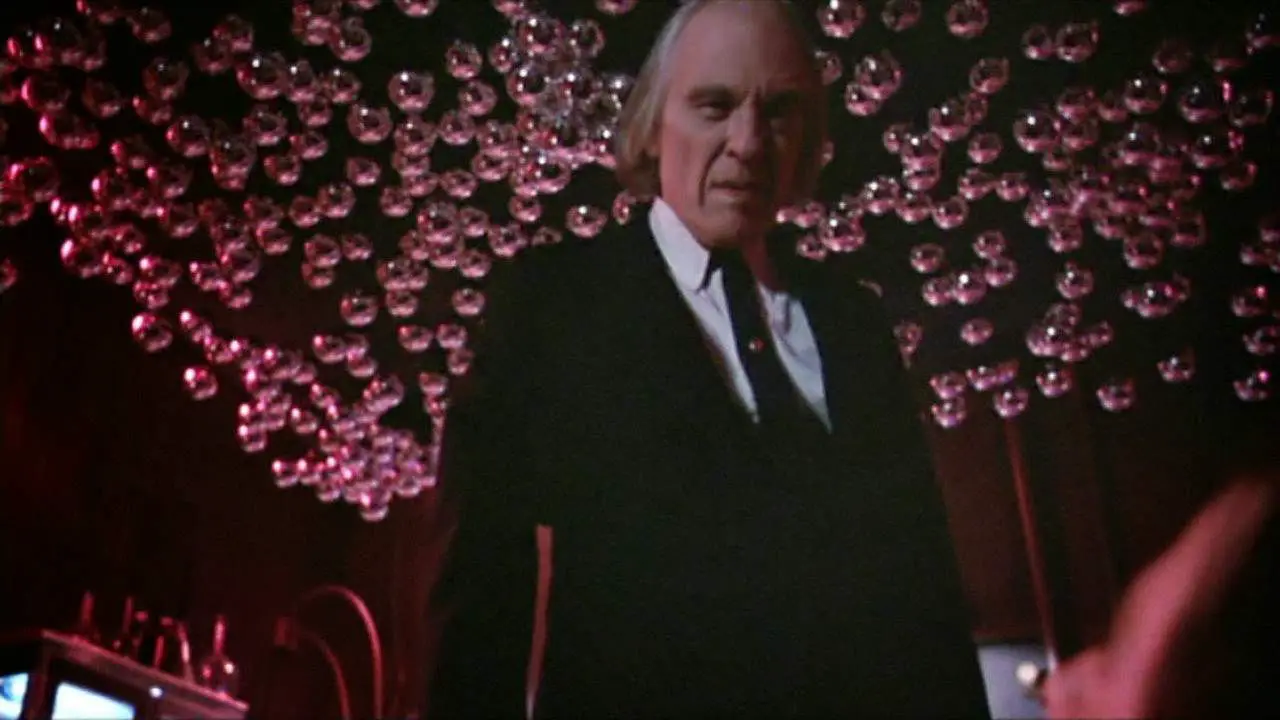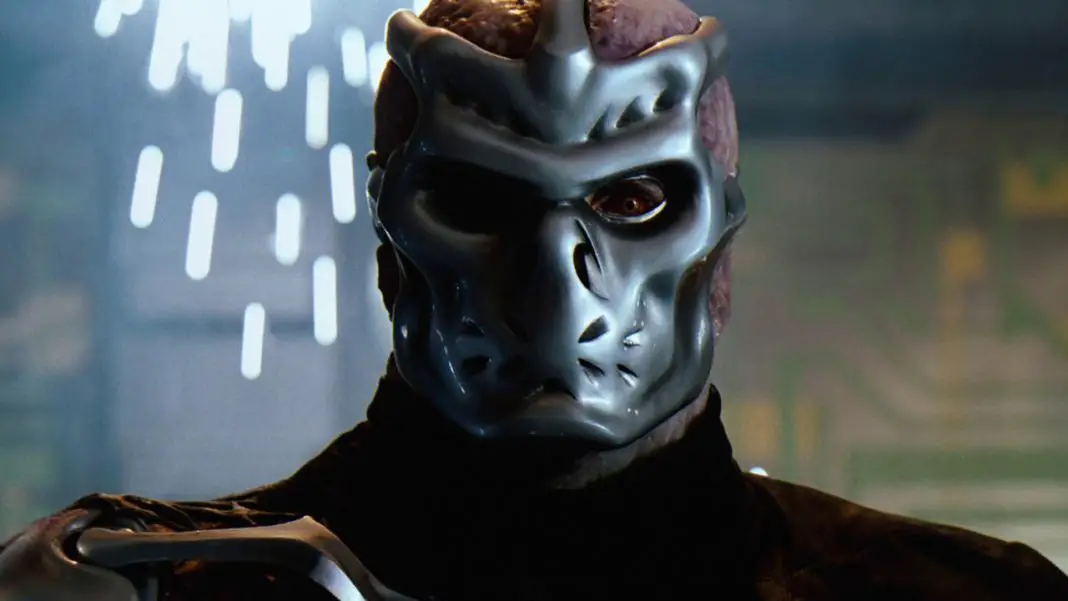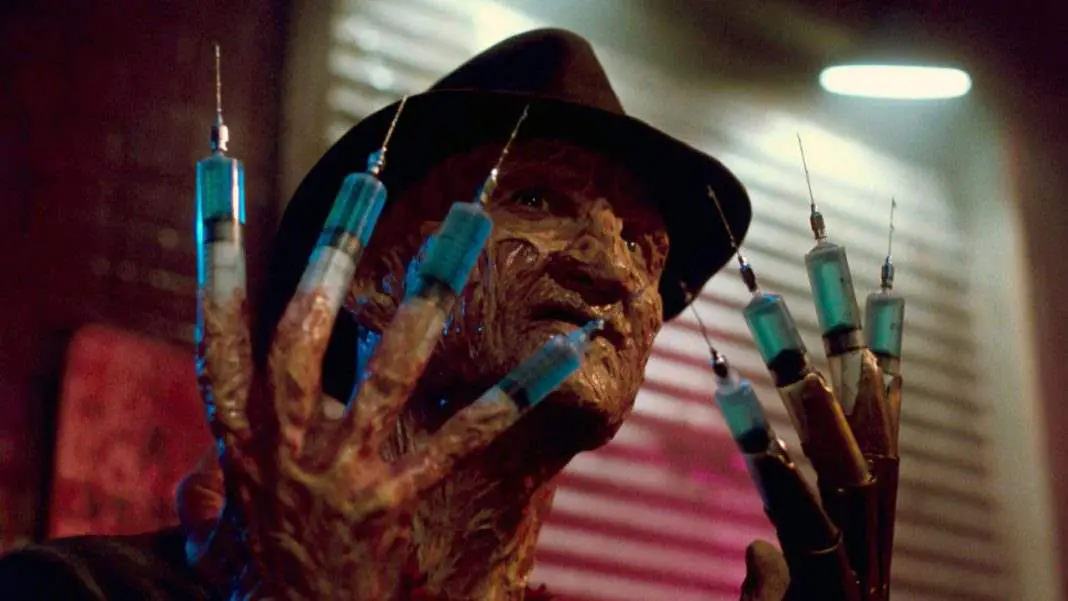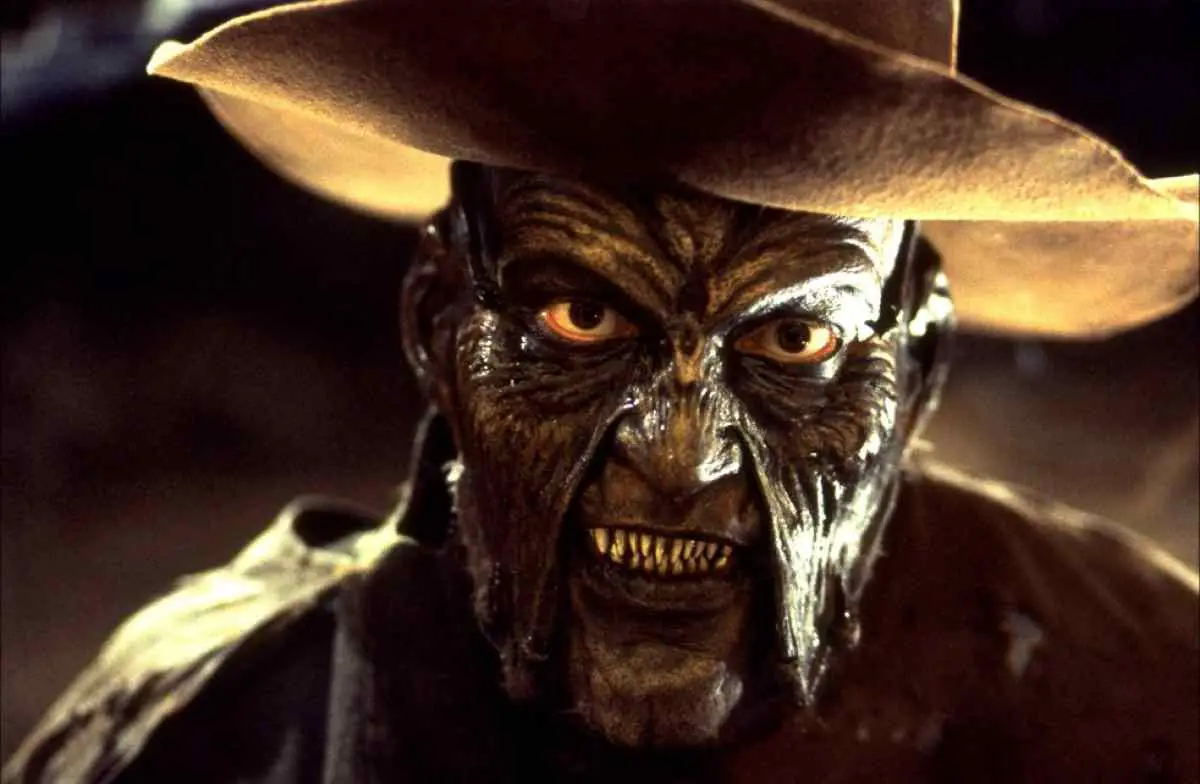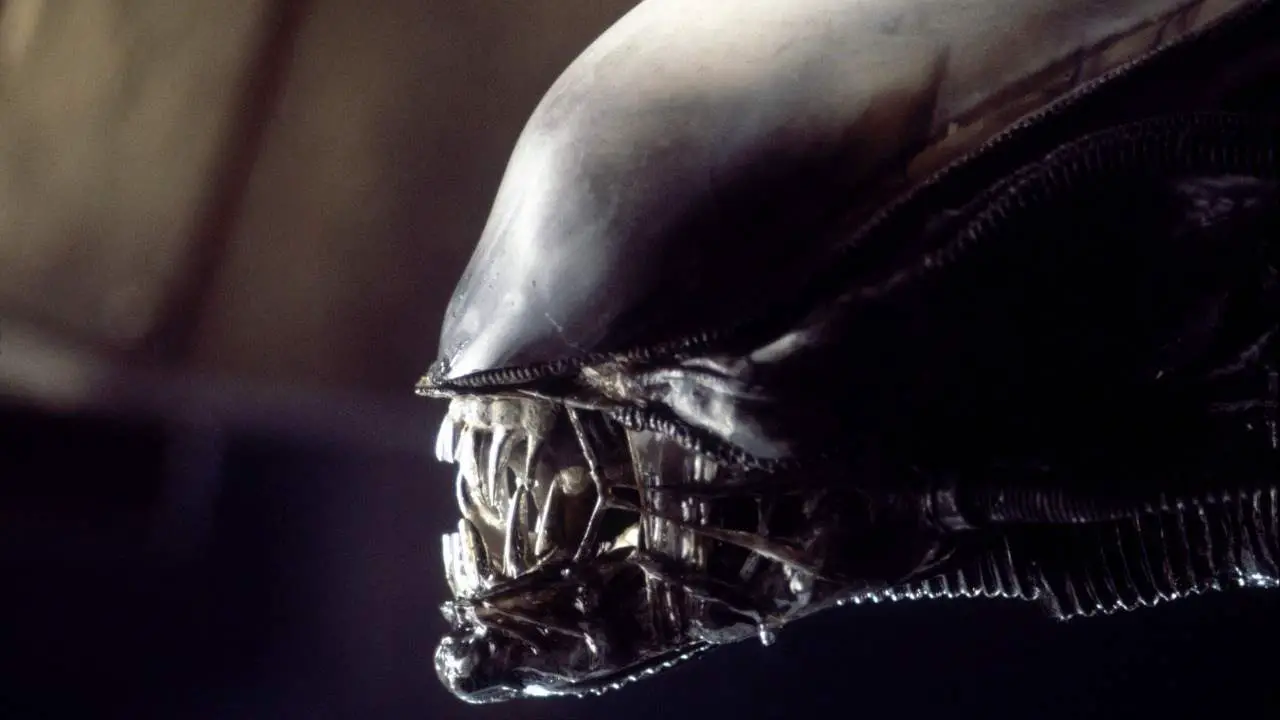Don Coscarelli’s Phantasm is a mostly undisputed genre classic. It’s an intense, atmospheric ‘70s horror that spawned a franchise that has spanned several decades. Those that have seen it usually speak highly of it and understand its place in the horror canon. All of this is about how you would expect one to react to any of the so-called horror classics, but in the case of Phantasm it’s particularly amazing.
Because Phantasm shouldn’t work. Don’t get me wrong, I love the film and I love the franchise. I get the appeal of it. To me, it’s a very strong work from Coscarelli that looks so much more professional than you’d expect from its limited budget. But that does not change the fact that it is a very different type of feature from what people are used to, and that was especially true at the time in which it was released.
Almost across the board, ‘70s films—even most of the great ones—relied very heavily on the three-act structure. You could predict just about anything that happened in each of them. They had a beginning, middle and end that were beyond the necessary requirements of storytelling and became very obvious, often cookie-cutter. Even some of the greats of the decade like Star Wars, Superman: The Movie and Jaws fall into this to some degree.
Of course, the ‘70s was also a decade controlled by studios, much like we see now. And much like now, independent horror was where people went to be creative in a different way than the studio system allowed. This was where the standards and conventions of typical dramatic structure and story were broken by films like The Texas Chain Saw Massacre and Black Christmas.
Very few films did this more successfully than Phantasm. And that’s exactly why it should have failed. Stories need a three-act structure, most of the time, so that the characters can embark on a clear journey and the action can build to some kind of meaningful resolution. Phantasm has this structure, but in a very loose way. And the three acts are by no means the focus of the movie.
Phantasm feels like a dream. There are characters who move in and out of the story in an almost fluid manner. Character arcs come and go. There are whole chunks of the film that we don’t see—in actuality, much of this is due to the picture having been heavily cut heavily for release, but the result is the same. It’s a lucid, dream-like production that doesn’t necessarily adhere to the laws of reality or logic. And I don’t think Don Coscarelli was interested in that, at least not in relation to the story he was trying to tell. Just because Phantasm isn’t an overly realistic or real-feeling movie doesn’t mean it’s not great or smartly written. I think it is exactly what Coscarelli intended it to be.
Did You Know? Wicked Horror TV Has Classic and Independent Horror Films Available to Stream for Free!

That is its greatest strength. We move from scene to scene in Phantasm in an often jarring manner. Sequences are strung together, some connect to one another and others do not. Some elements that are out of the ordinary seem almost normal, just like a dream, while others are flat-out terrifying. Granted, I’m far from the first to point out that Phantasm is structured much like a nightmare—we even get to “wake up” with the appropriate jolt at the very end—but that’s good because I think it’s the biggest takeaway people should have from the original film.
What’s smarter than Phantasm just feeling like a dream is that it actually feels like a specific character’s dream. This is an achievement that goes overlooked, but is a large part of what I believe makes the movie work. People don’t share a dream space, after all. If something is a dream, then it’s the dream of one person. In this case, that person is Mike.
Related Post: Script to Pieces: Don Coscarelli’s Phantasm Reboot
Part of the genius of Phantasm is that we’re literally seeing it through a child’s eyes. That’s a time when the whole world is new and fresh and, above all, terrifying. This perspective is what makes it work so well as a horror picture. Characters occasionally sound like they’re speaking in ways that a little brother or friend like Mike would interpret them. More than that, in scenes that Mike’s not in, like the one in which Jody talks about his plan to leave town and leave Mike to fend for himself, it sounds like he’s saying the things that Mike would imagine him saying.
All of this is necessary for Phantasm because it is, in essence, about one boy coming to terms with the reality of death. The Tall Man is an unstoppable entity, an absolute very akin to death itself. He poses as a funeral director and the version of the afterlife that he offers is very different from the comforting image of Heaven that most children hold in their heads.
For these reasons, Phantasm works. But these are the reasons—a lack of traditional structure and a somewhat unreliable narrator—that so many other movies fail. I would say that Phantasm shouldn’t work as well as it does, but that’s just not true. Coscarelli knew exactly what he was doing and the end result is a cinematic nightmare that has lasted decades and will likely be remembered forever.
